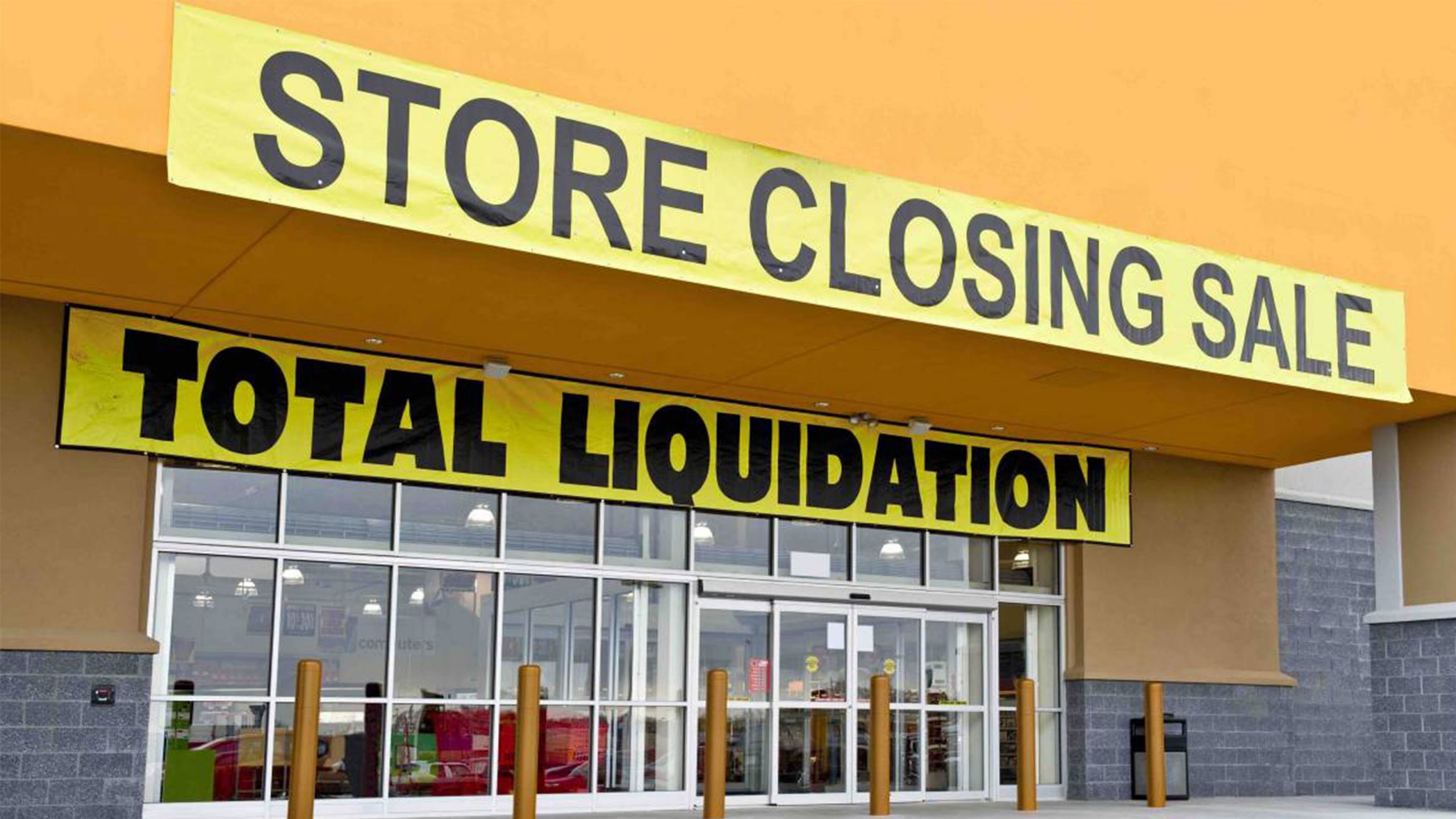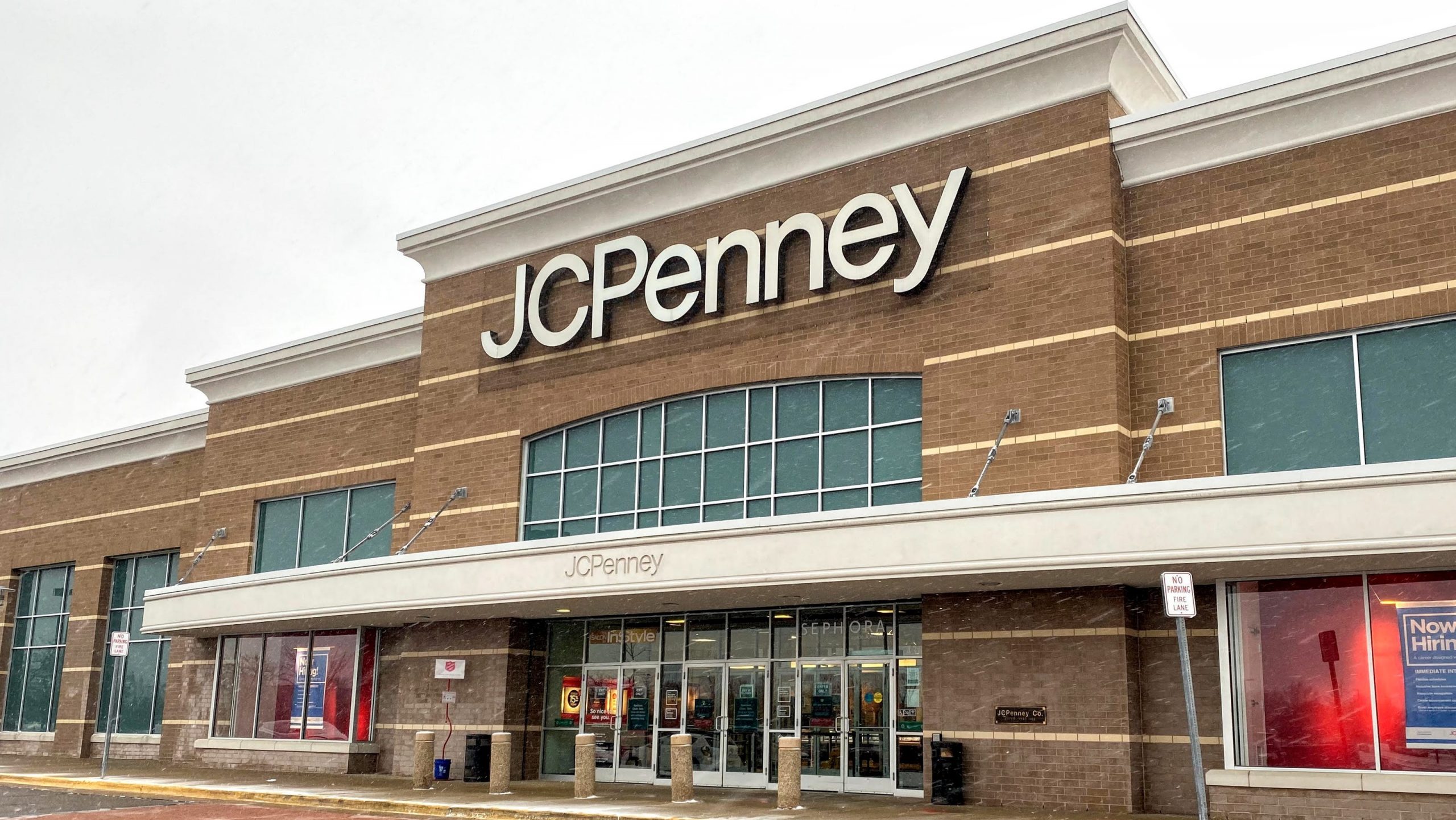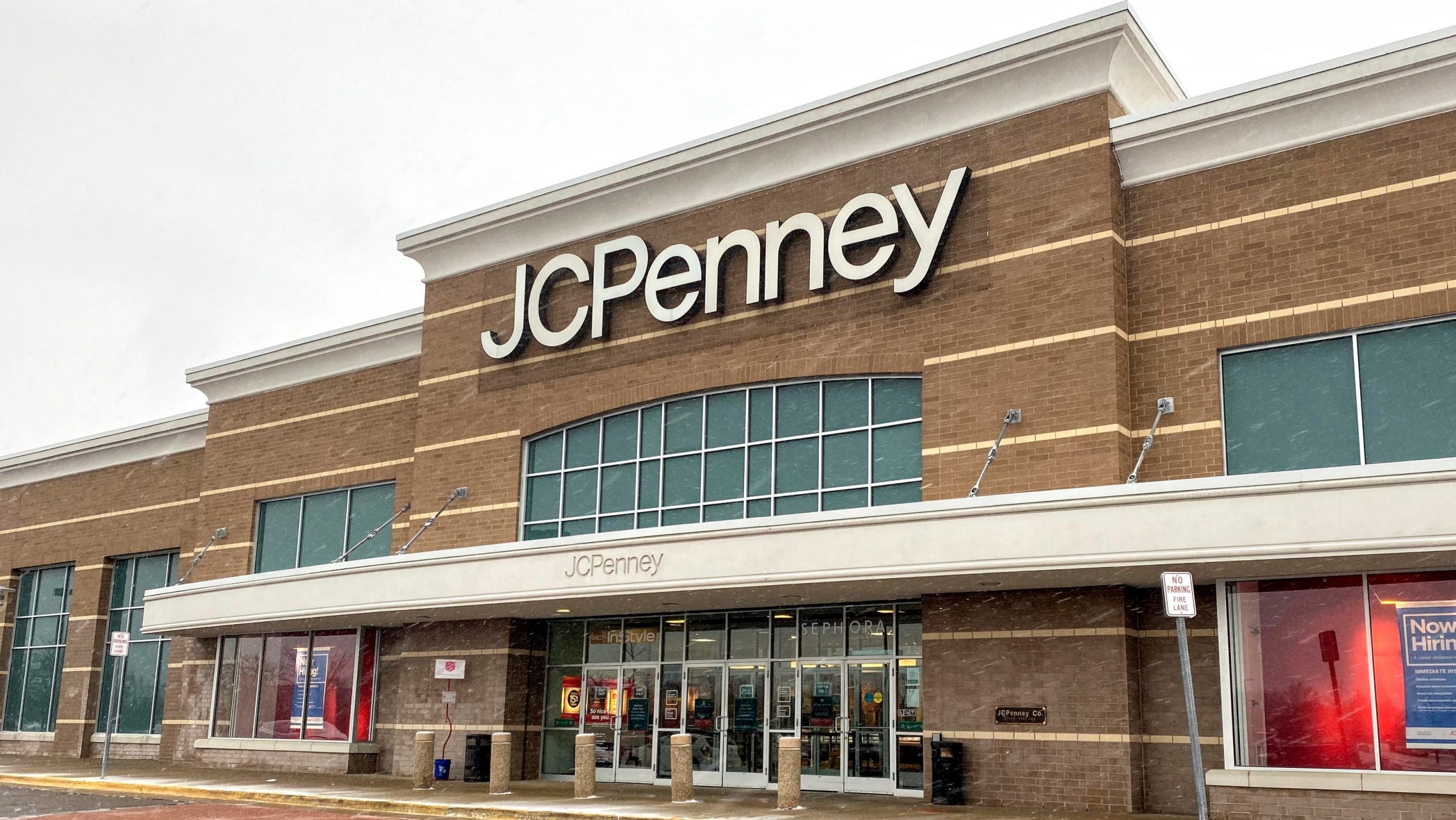For retailers that survived the catastrophe that was 2020, there’s hope on the horizon in 2021. But there’s no guarantee they’ll keep their engines running long enough to reach the light at the end of the tunnel. While 2020 was a mess for many retailers, leading to the liquidation of chains like Stein Mart and Pier 1 Imports, it was a boon to others, like Walmart, Target and Dick’s Sporting Goods.
“If you’re in a sector like department stores or specialty or off-price or apparel, you suffered the most in 2020,” said Mickey Chadha, vice president and senior credit officer of Moody’s Investor Service, who studies the retail sector.”
More J.C. Penney store closings: After exiting bankruptcy, 15 additional stores will shutter in spring 2021. Despite the crushing shutdowns that temporarily brought physical sales to a standstill in the early months of the coronavirus pandemic across the nation, the industry’s struggling retailers are now hoping that a nationwide vaccination campaign will bring them back from the brink. Restrictions still continue in California and other states also continue to limit the number of shoppers that can enter stores. Apple temporarily closed all 53 of its California stores again and about a dozen other stores across the country because of COVID-19 surges.
“It really comes down to how long COVID persists,” said Chris Hudgins, who analyzes retail data for research firm S&P Global Market Intelligence. “If we see this vaccine roll out and a lot of the cases come down and people go out and start shopping more, that will alleviate some strain on the retail sector.”
Here’s a list of major retailers for whom 2021 could be a make-or-break year based on USA TODAY research, public data and analyst reports:
J.C. Penney
The department store chain filed for Chapter 11 bankruptcy protection in May after its sales collapsed amid temporary store closures. The company was at risk of total liquidation for months as it negotiated with its creditors. After reaching a deal to sell to a consortium of property owners, including mall company Simon Property Group, J.C. Penney emerged from bankruptcy in December having closed more than 150 stores.
While that’s good news for fans of the chain founded by James Cash Penney that remains an icon of the era when shopping malls dominated American retail, it’s not out of the woods yet. 2021 will be crucial to whether J.C. Penney can prove its relevance to consumers who grew more comfortable than ever with online shopping in 2020.
“For a long time, we’ve seen foot traffic at department stores declining,” Hudgins said.
Sears and Kmart
You might think they’re already out of business since thousands of their stores have closed in recent years, but they’re not gone. Both chains were owned by a company that filed for Chapter 11 bankruptcy protection in 2018 and narrowly escaped liquidation in early 2019. They were sold to their longtime investor and CEO, Eddie Lampert, who has kept them alive on a shoestring budget. In February 2020, another 51 Sears and 45 Kmart locations closed, leaving some 182 surviving stores. There have been additional closings but no large closing announcements have been made since then. While Sears and Kmart are a shadow of their former selves, they remain in operation. But given that they have been struggling for ages in healthy times, experts say it’s hard to see how they can mount a turnaround during or in the wake of a pandemic.
Rite Aid
Rite Aid’s outlook has been gloomy for several years and Moody’s considers the company to be a “very high credit risk.” The company is stuck in an uncomfortable netherworld: not big enough to present a big threat to drugstore rivals Walgreens and CVS but not agile or rich enough to reinvent itself. A few bad breaks haven’t helped: A merger deal with grocery chain Albertsons collapsed in 2018, leaving the company’s path to reinvention unclear. Plans for a mega-merger between Walgreens and Fred’s also collapsed in June 2017 amid federal antitrust concerns. Like Moody’s, S&P Global Ratings views Rite Aid as facing a risk of failing to meet its financial obligations if something goes wrong.
Party City
Quite simply, it’s a tough time to be selling party goods when parties are, in some states, illegal. Given restrictions on large gatherings intended to reduce the transmission of the coronavirus, the market for balloons, streamers, party decorations, and costumes is naturally limited. Party City was already facing challenges before this crisis began. The company has closed 76 stores since 2019, most of them before the pandemic, leaving it with 739 locations as of Sept. 30. Its financial troubles mounted in 2020. The company posted a loss of $432 million in the first nine months of 2020, compared with a loss of $264 million in the same period of 2019.
Jo-Ann Stores
This fabrics retailer remains on the edge of trouble. Owned by private equity firm Leonard Green & Partners, Jo-Ann faces the challenge of digging out of debt while dealing with the retail industry’s other challenges. Private-equity ownership has been a problem for many other retailers in recent years, such as Toys R Us, which liquidated after accumulating too much debt and facing intense competition.
“A lot of the weaker players that we have now in the distressed space are still owned by private equity firms and still have weak balance sheets,” Moody’s executive Chadha said. “And those companies are going to find it difficult, even when things normalize, to compete with stronger players that got stronger in 2020 because it’s just going to be that much more competitive.”
Neiman Marcus
One of the first major retailers to file for bankruptcy protection during the pandemic, Neiman Marcus entered Chapter 11 in early May. It successfully navigated the debt-cutting process and emerged from bankruptcy in September, giving it another shot at achieving sustainability. But time could be running out for the department store model. Neiman Marcus is already on Moody’s list of vulnerable retailers based on their financial circumstances.
Tuesday Morning
Tuesday Morning was already struggling when the coronavirus pandemic began and went into a free fall when it was forced to temporarily close its locations due to the crisis. The off-price retailer – which sells a wide variety of merchandise including home decor, bath and body goods, crafts, food, and toys – filed for bankruptcy protection in May. The company said it expected to stay in business while using the bankruptcy process to restructure operations. As of Sept. 30, it had 490 states in 40 states after closing 197 stores as part of its reorganization plans.
Christopher & Banks
Apparel retailer Christopher & Banks, which caters to women over 40, announced on Dec. 10 that it hired strategic advisers including B. Riley Securities Inc., and is working to refinance debt and explore alternatives. The Minneapolis-based company obtained a $10 million loan under the Paycheck Protection Program in June.
“We believe that COVID has had an outsized impact on our customer demographic as her shopping behavior is more pragmatic with limited demand for new outfits in the absence of social engagements,” Keri Jones, president, and CEO, said in a statement on Dec. 10. “In addition, based on our own retail traffic trends we believe she remains hesitant to shop in stores.”
As of Oct. 31, the company operated 452 stores in 44 states, including 316 Missy, Petite, Women stores, 77 outlet stores, 31 Christopher & Banks stores, and 28 C.J. Banks stores. Jones said COVID-19 was expected to continue to depress sales over the next several months.
J. Jill
The women’s retailer announced in September that it had worked with lenders to restructure its debt out of court. The company, which has more than 280 stores nationwide, had signaled it would consider filing for bankruptcy. Interim CEO James S. Scully said in December that the company’s third-quarter results showed improvement because stores were open for the entire quarter versus the temporary closures from the second quarter. A permanent CEO, Claire Spofford, will join the company in early 2021.
Macy’s
Macy’s announced in February 2020 that it planned to cut 2,000 jobs and close one-fifth of its stores or roughly 125 locations over the next couple of years while also opening smaller stores that are not located in malls. Macy’s along with other department store chains temporarily shuttered all of its stores amid the pandemic in mid-March. The company, which includes Bloomingdale’s and Bluemercury, started reopening stores in May and added curbside pickup. Macy’s appears to be in better shape than some of its competitors. In June, officials said the company received a credit line of $3.15 billion backed by its inventory, bringing its total new financing to $4.5 billion. In September, Macy’s Inc. Chairman and CEO Jeff Gennette said the timeline for permanent store closings could be adjusted as the company monitors the competition and the recovery from the pandemic.
“Retail today has been disrupted. And while that disruption creates challenges, it also holds opportunity,” Gennette told analysts during the September quarterly earnings call. “With many competitors closing or struggling, we see the potential to bring new customers into our brands and gain market share.”
In November, Gennette said the company entered the quarter “in a stronger than expected position.”
Ascena Retail Group
Also listed on USA TODAY’s 2020 list of struggling retailers, Ascena Retail Group, the parent company of Lane Bryant and Ann Taylor, which filed for bankruptcy in July. The New Jersey-based company said at the time of the Chapter 11 filing that it plans to “reduce their store fleet from approximately 2,800 stores to approximately 1,200 stores,” which represents a 56% reduction in the company’s total number of stores.
The company shuttered all of its Catherines plus-size stores and in November announced it sold the rights, title, licenses, and e-commerce business of its Justice tween brand to management company Bluestar Alliance LLC. Most Justice stores have already closed and the remaining locations are expected to close in early 2021. On Dec. 23, the company announced it sold Ann Taylor, Loft, Lou & Grey, and Lane Bryant brands to Sycamore Brands, a New York private equity firm. Ascena also sold two of its brands, Maurices, and Dressbarn, in 2019 before bankruptcy.
Bed Bath & Beyond
Even before the pandemic, Bed Bath & Beyond planned to close stores but in July the number increased to 200 planned closures, accounting for some 21% of the company’s namesake stores. In September, the New Jersey-based home goods retailer – which also operates buybuy Baby and Harmon Face Values – revealed the first 63 namesake stores that would shutter as part of the plan by the end of 2020. In late October, company officials said the 200 stores are expected to close by the end of the 2021 fiscal year. Under the leadership of CEO Mark Tritton, who joined Bed Bath & Beyond in November 2019 from Target, the company has been selling some of its brands.
On Dec. 14, the company announced it was selling Cost Plus World Market, which has 243 stores, to Los Angeles-based private equity firm Kingswood Capital Management. Bed Bath & Beyond sold its Christmas Tree Shops brand with 80 stores in November.
Victoria’s Secret
In May, L Brands, the parent company of Victoria’s Secret and Bath & Body Works, said it would permanently close approximately 250 stores in the U.S. and Canada in 2020. As of the end of October, the company reported it had closed 223 Victoria’s Secret stores and three Pink locations and opened 18 new Victoria’s Secret and two Pink stores. It also closed 13 of its 38 stores in Canada. With the openings and closings, it has 704 Victoria’s Secret and 143 Pink stores.
In February, L Brands announced a deal to sell 55% of Victoria’s Secret to Sycamore Partners. After the pandemic struck, Sycamore went to court to back out of the deal, and in early May, both parties called it off.
“We would expect to have a meaningful number of additional store closures beyond the 250 that we’re pursuing this year, meaning there will be more in 2021 and probably a bit more in 2022,” interim Victoria’s Secret CEO Stuart Burgdoerfer told analysts in May.
Company officials said they still plan to separate Victoria’s Secret and Bath & Body Works into two companies, which has pleased investors. Despite sales improving in the third quarter, L Brands CEO Andrew Meslow said in November the company was cautious “given anticipated constraints on store traffic, online fulfillment, and shipping capacity, as well as other uncertainties related to the COVID pandemic.”
Express
Fashion retailer Express launched a turnaround plan in January 2020 and announced it would close 100 of its 600 stores. Express CEO Timothy Baxter told the Wall Street Journal in December that the company had hired investment bank Lazard Frères & Co. to help raise enough financing to carry the company through the pandemic. Earlier in December, the company said it had completed a 10% workforce reduction at its Columbus, Ohio, corporate office.
The reductions are expected to save $13 million in 2021 in addition to the $95 million cash tax benefit the company expects to receive in the second quarter of 2021 as part of the CARES Act.
Follow USA TODAY reporters Nathan Bomey and Kelly Tyko on Twitter @NathanBomey and @KellyTyko.














Recent Comments